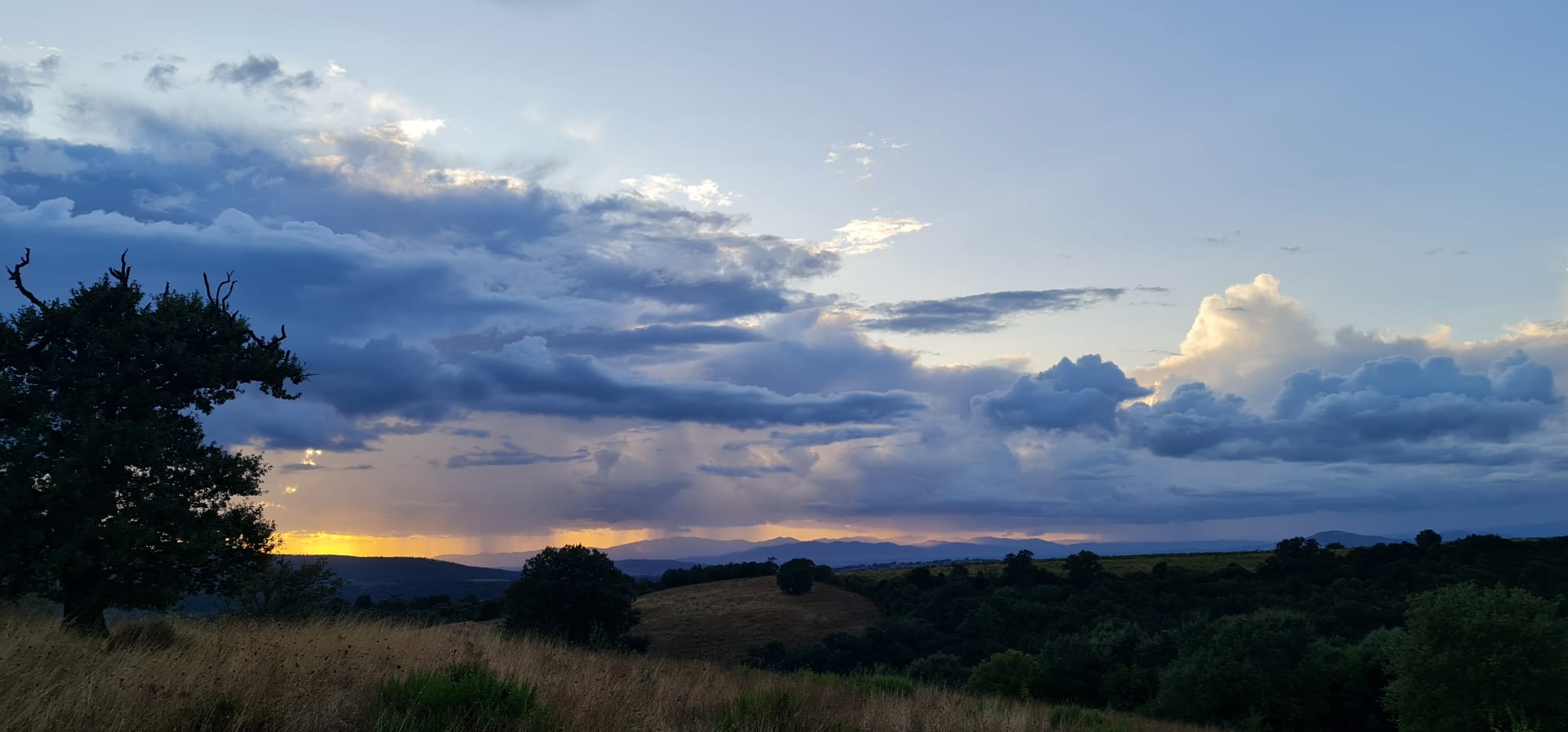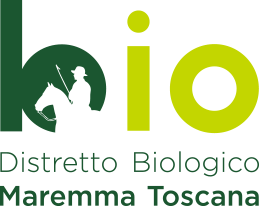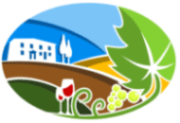
Tenuta Le Mandorlaie joins the Maremma Tuscany Organic District
 Recently at Tenuta Le Mandorlaie we took the decision as an farm to join the ‘Distretto Biologico Maremma Toscana’ this organisation was created to strengthen the farms and institutions in the Maremma region. The aim is to work together to advance and promote and l farming practices as they serve many purposes regarding the health of ourselves, and the planet.
Recently at Tenuta Le Mandorlaie we took the decision as an farm to join the ‘Distretto Biologico Maremma Toscana’ this organisation was created to strengthen the farms and institutions in the Maremma region. The aim is to work together to advance and promote and l farming practices as they serve many purposes regarding the health of ourselves, and the planet.
The strategic objectives of the Maremma Tuscany Organic District
- To promote the conversion to production and encourage the sustainable use of natural and local resources in agricultural production processes, guarantee the protection of ecosystems, supporting design and innovation at the service of a circular economy, promote greater diffusion and valorisation to local level of products and the structuring of their supply chains, promoting and implementing participatory research projects with companies and the diffusion of innovative practices (agroecology, regenerative agriculture)
- Work to stimulate and encourage the territorial approach to the conversion and maintenance of production, even outside administrative borders, promoting the cohesion and participation of all economic and social subjects with the aim of pursuing development that is attentive to the conservation of resources , using them in production processes in order to safeguard the environment, health and local diversity
- Promote and support multifunctional activities linked to production, such as the supply of foods in public and collective catering, the direct sale of products, agritourism and fishing and fishing tourism activities, rural tourism, social agriculture, actions aimed at the protection, enhancement and conservation of agricultural and natural biodiversity, as well as the production of energy from renewable sources.
The Maremma Tuscany Organic District
The Maremma Tuscany Organic District is characterized by being a production area in which the protection and promotion of agriculture are combined with the recovery of traditions, local specialties and the values of environmental sustainability.
The territory of the Tuscan Maremma Organic District is divided into two specific areas, that of the Grosseto Maremma and that of the Lower Maremma.
- The Grosseto Maremma area is characterized by a complex mosaic of landscapes generated by the co-presence of hill, plain and coastal environments. Reliefs of older geological formation (southern end of the Middle Tuscan Ridge, Montepescali Batignano Hills, Uccellina Mountains) in which the forest contracts to the advantage of crops and pastures, characterize the large hilly structure.
- Along the Ombrone river valley there are small medieval fortified villages, located in strategic positions on the Albegna hills. Here the small towns in the province of Grosseto, often of medieval layout, have seen their original relationships with the cultivated surroundings safeguarded.
Land reclamation processes
The important land reclamation processes that have taken place over time, the richness of the natural hydrographic network (Ombrone and Bruna rivers) and the structuring role of the capital itself contribute to distinguishing the vast flat portion, in which the capital Grosseto is located.
As the plain approaches the coast, a landscape of particular beauty emerges, characterized by notable historical-testimonial and ecological values, almost completely protected by the Maremma Park, by sites of regional or community interest or by special protection areas: important dune and rocky landscapes, often in connection with relict wetlands in areas behind the dunes, the significant historical settlement system (system of coastal towers, network of castles dominating the valleys, etc.).
The Lower Maremma area presents, with its trend perpendicular to the coastline, a succession of physio-graphically diversified landscapes: from the southern offshoots of Monte Amiata, to the tufaceous shelves (unique in all of Tuscany), to the complex hilly landscape formed by isolated reliefs, up to the agricultural landscape of the valley bottom and the reclamation, and to the coastal and island reliefs.
The entire area is extraordinarily rich in biodiversity and at the same time in long-lasting anthropic evidence.
The settlement system was historically structured starting from the two transversal routes of Etruscan origin, which connected the coast with the hinterland: the Amiatina from Talamone to the Sienese hinterland and to the crown of the towns halfway up the coast of Mount Amiata; the Maremmana from Argentario to Orvieto through the tuff cities.
This system is intersected by the Aurelia, an ancient Roman consular road, and completed by the system of coastal fortresses. Since the 19th century, with the restoration of full functionality of the Via Aurelia and the construction of the Tyrrhenian railway, there has been a growing importance of the coastal corridor to the detriment of the internal hills. The production and residential settlements develop downstream, towards the coastal plains, while the tourist settlements are located close to the coast.
More information can be found at the Distretto Biologico Maremma Toscana official website
